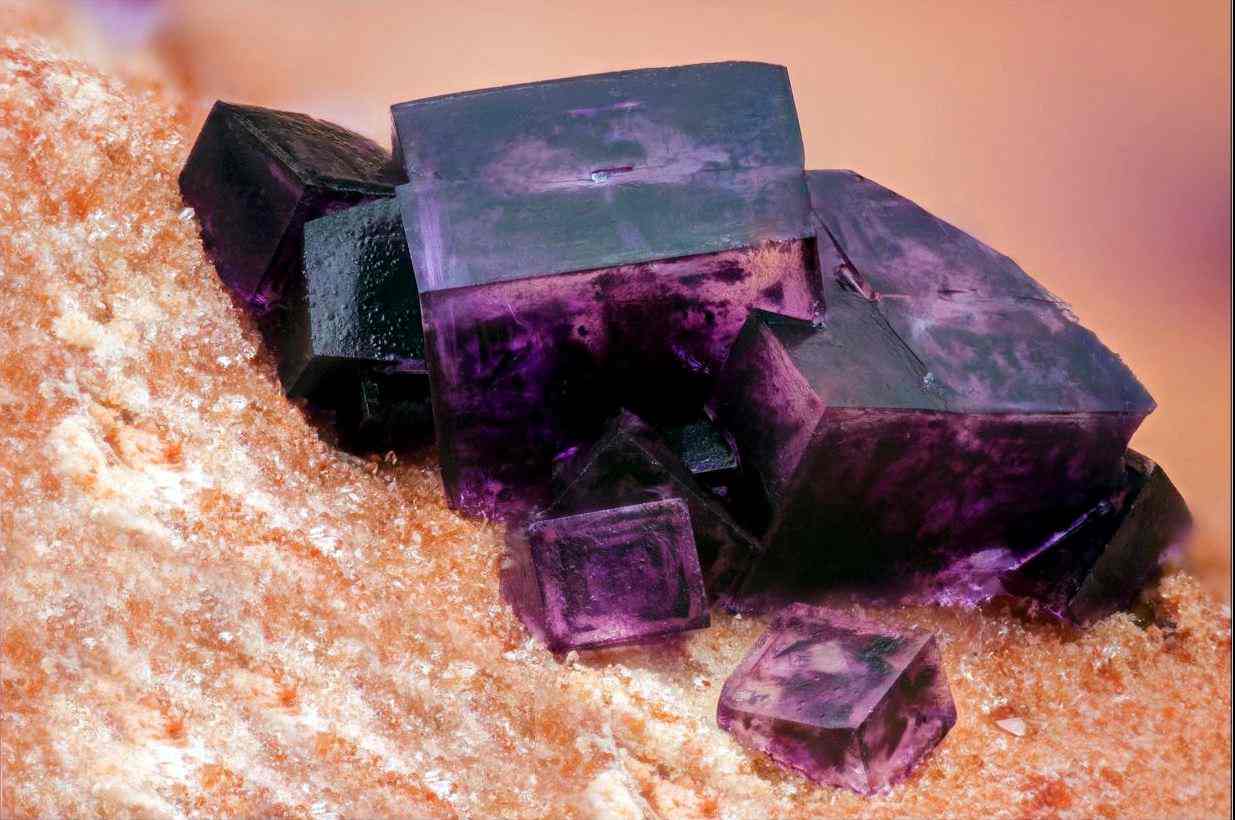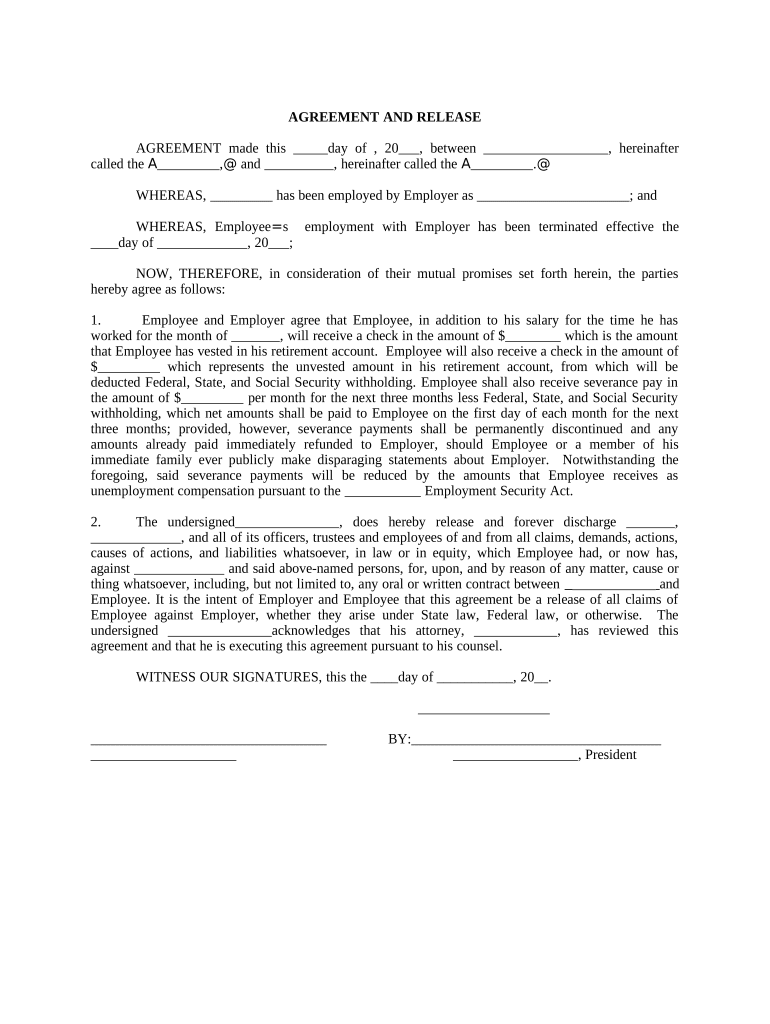A New Cold War: The Rare Earth Minerals Struggle

Table of Contents
The Critical Role of Rare Earth Minerals in Modern Technology
Rare earth elements (REEs), a group of 17 chemically similar elements, are indispensable components in a vast array of modern technologies. Their unique magnetic, luminescent, and catalytic properties make them irreplaceable in many high-tech applications. This critical role makes the rare earth minerals struggle a significant concern for global security and economic stability.
- Green energy technologies: Wind turbines rely heavily on REEs for their powerful and efficient generators. Electric vehicles also utilize REEs in their motors and batteries. The transition to renewable energy sources is thus intrinsically linked to the availability of these critical minerals.
- Consumer electronics: Smartphones, computers, and other consumer electronics contain REEs in their screens, speakers, and other components. The ever-increasing demand for these devices fuels the demand for rare earth elements, further intensifying the rare earth minerals struggle.
- Military applications: Guided missiles, radar systems, and other military technologies utilize the unique properties of REEs for enhanced performance and accuracy. This military reliance adds another layer of complexity to the geopolitical dynamics of rare earth mineral acquisition.
- Medical equipment: Medical imaging technologies, such as MRI machines, depend on REEs for their functionality. The healthcare sector's reliance on these minerals highlights the far-reaching implications of the rare earth minerals struggle.
The unique properties of REEs, such as the strong magnetism of neodymium in powerful magnets used in wind turbines and electric vehicles, or the luminescence of yttrium in lasers used in various medical applications, highlight their irreplaceable role in these technologies. The rare earth minerals struggle is, therefore, a struggle for technological dominance and advancement.
Geopolitical Landscape of Rare Earth Production and Supply Chains
The geopolitical landscape of rare earth production is heavily skewed. China currently holds a dominant position, controlling a significant portion of the global supply chain for rare earth elements, from mining to processing and refining. This dominance creates significant vulnerabilities for countries heavily reliant on Chinese imports.
- China's control over the REE supply chain: China's control extends to every stage of the process, giving them considerable leverage in the global market. This control is a major factor in the rare earth minerals struggle.
- Potential vulnerabilities for countries reliant on Chinese imports: Countries heavily dependent on Chinese REE imports face potential disruptions in supply, price volatility, and political pressure. This vulnerability drives the need for supply chain diversification.
- Efforts by other nations to diversify REE sources: Countries like Australia, the USA, and Canada are investing heavily in exploring and developing their own REE resources, attempting to lessen their dependence on China and alleviate the pressures of the rare earth minerals struggle.
This uneven distribution of REE resources has significant implications. Price volatility can disrupt industries reliant on REEs, while trade disputes and the potential for resource nationalism further complicate the global landscape and fuel the rare earth minerals struggle.
The Environmental Impact of Rare Earth Mining
The extraction and processing of rare earth minerals pose significant environmental challenges. The mining process is often associated with substantial environmental damage, making environmental sustainability a central concern in the rare earth minerals struggle.
- Water pollution: REE mining generates significant amounts of wastewater containing heavy metals and other toxic substances, polluting water sources and harming ecosystems.
- Land degradation: Mining operations can lead to habitat destruction, soil erosion, and landscape scarring.
- Air pollution: Processing REEs often releases harmful air pollutants.
- Radioactive waste: Some REEs are associated with radioactive materials, raising concerns about radioactive waste disposal.
- Biodiversity loss: Habitat destruction and pollution from REE mining can lead to significant biodiversity loss.
Sustainable mining practices are crucial. This includes implementing stricter environmental regulations, developing cleaner technologies for REE extraction and processing, and promoting recycling and urban mining to reduce the environmental impact of the rare earth minerals struggle.
The Search for Sustainable and Ethical Sourcing
Addressing the environmental concerns associated with REE mining necessitates a shift towards sustainable and ethical sourcing practices. Various initiatives are underway to promote responsible sourcing and mitigate the environmental impact of the rare earth minerals struggle.
- International collaborations: International cooperation is crucial in establishing common standards for sustainable REE mining.
- Technological advancements in REE extraction: Developing cleaner and more efficient extraction technologies is essential to minimize environmental damage.
- Stricter environmental regulations: Robust environmental regulations are necessary to hold mining companies accountable for their environmental impact.
- Ethical sourcing certifications: Independent certifications can help consumers and businesses identify responsibly sourced REEs.
The challenges involved in achieving sustainable and ethical sourcing are considerable. Balancing environmental protection with the economic needs of communities reliant on REE mining requires careful planning and collaboration among stakeholders.
Strategies for Reducing Dependence and Diversifying Supply Chains
Reducing reliance on a single source for rare earth minerals is paramount to mitigating the risks associated with the rare earth minerals struggle. Several strategies are being employed to achieve this goal:
- Investment in domestic REE mining and processing: Countries are investing in domestic REE production to bolster their resource security.
- Strategic partnerships with other countries: International collaborations are key to establishing diverse and reliable supply chains.
- Technological innovation to reduce REE demand: Developing technologies that require less REEs or utilize alternative materials can decrease reliance on these minerals.
- Recycling and reuse programs: Recycling and reusing REEs from end-of-life products can significantly reduce the demand for newly mined materials.
These strategies have significant economic and geopolitical implications. While investing in domestic production and diversifying supply chains can enhance resource security, it requires significant financial resources and may have trade implications.
Conclusion
The struggle for rare earth minerals presents a significant geopolitical and environmental challenge. The concentration of production and the critical role of these minerals in modern technologies create vulnerabilities and exacerbate international tensions. Addressing this "Rare Earth Minerals Struggle" requires a multifaceted approach involving sustainable mining practices, diversified supply chains, and technological innovation. We must actively pursue responsible and ethical sourcing of rare earth minerals to ensure a stable and secure future. By understanding the complexities of the rare earth minerals struggle, we can collectively work towards a more sustainable and equitable global landscape. Take action today; learn more about the issues surrounding rare earth elements and advocate for responsible sourcing.

Featured Posts
-
 Best Online Casino Canada Why 7 Bit Casino Ranks 1
May 17, 2025
Best Online Casino Canada Why 7 Bit Casino Ranks 1
May 17, 2025 -
 Find Severance Online Free And On Demand Options
May 17, 2025
Find Severance Online Free And On Demand Options
May 17, 2025 -
 Chinas Automotive Market Challenges And Opportunities For Brands Like Bmw And Porsche
May 17, 2025
Chinas Automotive Market Challenges And Opportunities For Brands Like Bmw And Porsche
May 17, 2025 -
 Access New York Daily News May 2025 Archives A Guide
May 17, 2025
Access New York Daily News May 2025 Archives A Guide
May 17, 2025 -
 Open Ais 2024 Event Easier Voice Assistant Creation
May 17, 2025
Open Ais 2024 Event Easier Voice Assistant Creation
May 17, 2025
Latest Posts
-
 Fortnite Refund Hints At Cosmetic Changes
May 17, 2025
Fortnite Refund Hints At Cosmetic Changes
May 17, 2025 -
 Fortnite Players File New Lawsuit Against Epic Games Store
May 17, 2025
Fortnite Players File New Lawsuit Against Epic Games Store
May 17, 2025 -
 How To Get Wwe Skins In Fortnite Cody Rhodes And The Undertaker
May 17, 2025
How To Get Wwe Skins In Fortnite Cody Rhodes And The Undertaker
May 17, 2025 -
 Epic Games Faces Fresh Legal Action Over Fortnites In Game Marketplace
May 17, 2025
Epic Games Faces Fresh Legal Action Over Fortnites In Game Marketplace
May 17, 2025 -
 Jeffrey Dean Morgan Talks Negans Fortnite Appearance
May 17, 2025
Jeffrey Dean Morgan Talks Negans Fortnite Appearance
May 17, 2025
